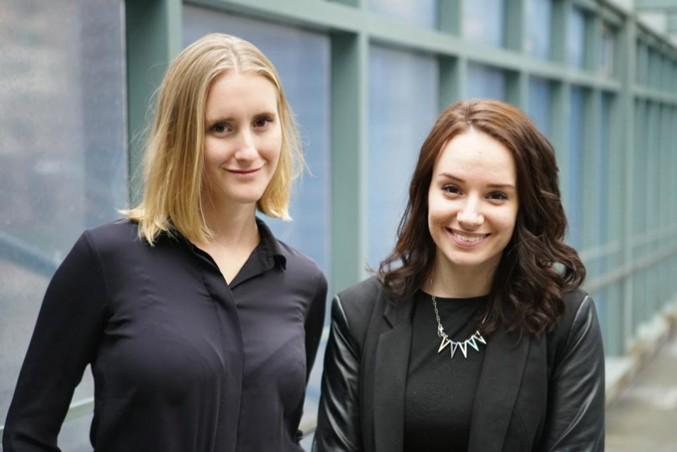By Zeinab Saidoun
Two Ryerson media production students created a multimedia storytelling platform which aims to raise awareness of poverty in Toronto and York Region called ProjectUnited.
By recording interviews with people that are dealing with homelessness and posting the videos on their website, Madelaine Sawyers McKechnie and Laura Heidenheim are hoping to shine a light on poverty in the GTA.
“Conversations about poverty and alleviation need to happen,” said Heidenheim.
The website launched on Jan. 27 during a United Way event and its ultimate goal is to start a conversation about local poverty, hopefully resulting in social change.
Heidenheim and Sawyers McKechnie visited Honduras in February 2015, where they worked on a video project that shared the stories of some of the locals living in poverty.
“One of the most moving [stories we heard] came from Marlon, a young man in Honduras,” said Heidenheim. “He said, ‘How can I hate poverty if I come from it, or richness if I am going there?’”
After returning to Toronto, Sawyers McKechnie and Heidenheim decided to continue the conversation, this time locally, and partnered with United Way to start up their project.
ProjectUnited’s goal is enabling those affected by poverty to speak for themselves and share their stories with the hope that viewers will become inspired and help their community. Sharing the videos also promotes their mission of humanizing homelessness by having them talk about their experiences on the streets, as well as more personal subjects like their childhood or professional aspirations.
One person who they recently interviewed was Kelly, 35, who inspired the RTA students with her cheerful outlook on life even though she has been homeless since the age of 18.
Growing up, she struggled with many family issues which resulted in her living on the streets, but she managed to maintain her sense of humour by making the students laugh throughout the interview.
Alongside the videos, the website is also designed to help people join the fight against poverty. Site visitors can interact with the “Get Involved” page, which lists three ways to make a difference. This can be anything from attending the Homeless Memorial or volunteering in an organization. One excuse that students often use, according to Sawyers McKechnie, is their lack of financial means to help the homeless, which is why they are trying to show that there are other ways they can contribute.
“Our generation doesn’t have much money to give,” said Sawyers McKechnie. “We want [students] to understand that educating themselves and donating time is just as good as giving money.”
The stories they want to share are the ones that will make the public stop and view the homeless citizens of Toronto as people, rather than a statistic.
“They are well versed in the conversations of poverty and they are aware of what needs to be fixed,” said Heidenheim. “It’s just the rest of us who need to join in on that conversation.”











Cathy Crowe
Thanks for this article but what is the link to the project?